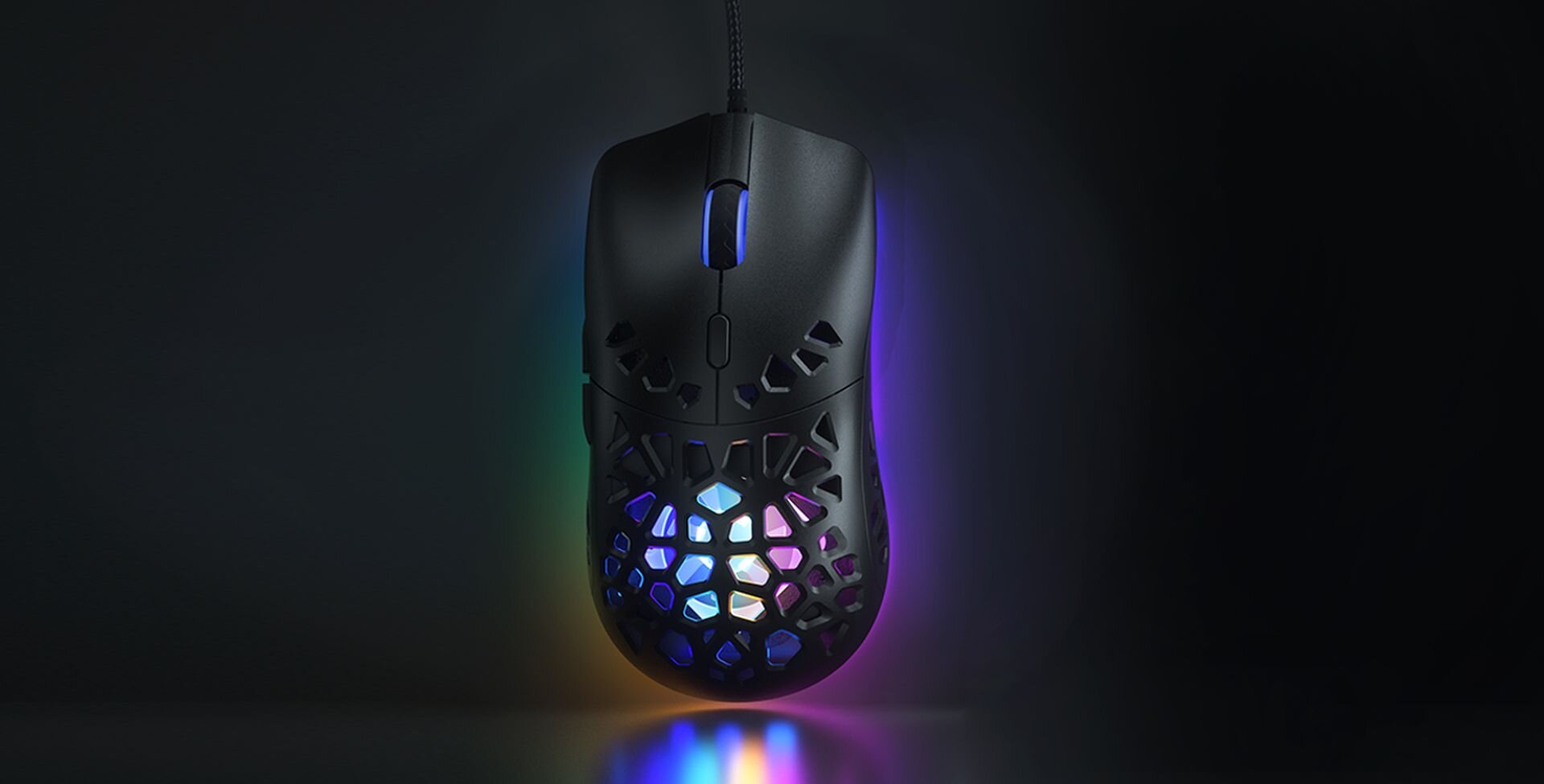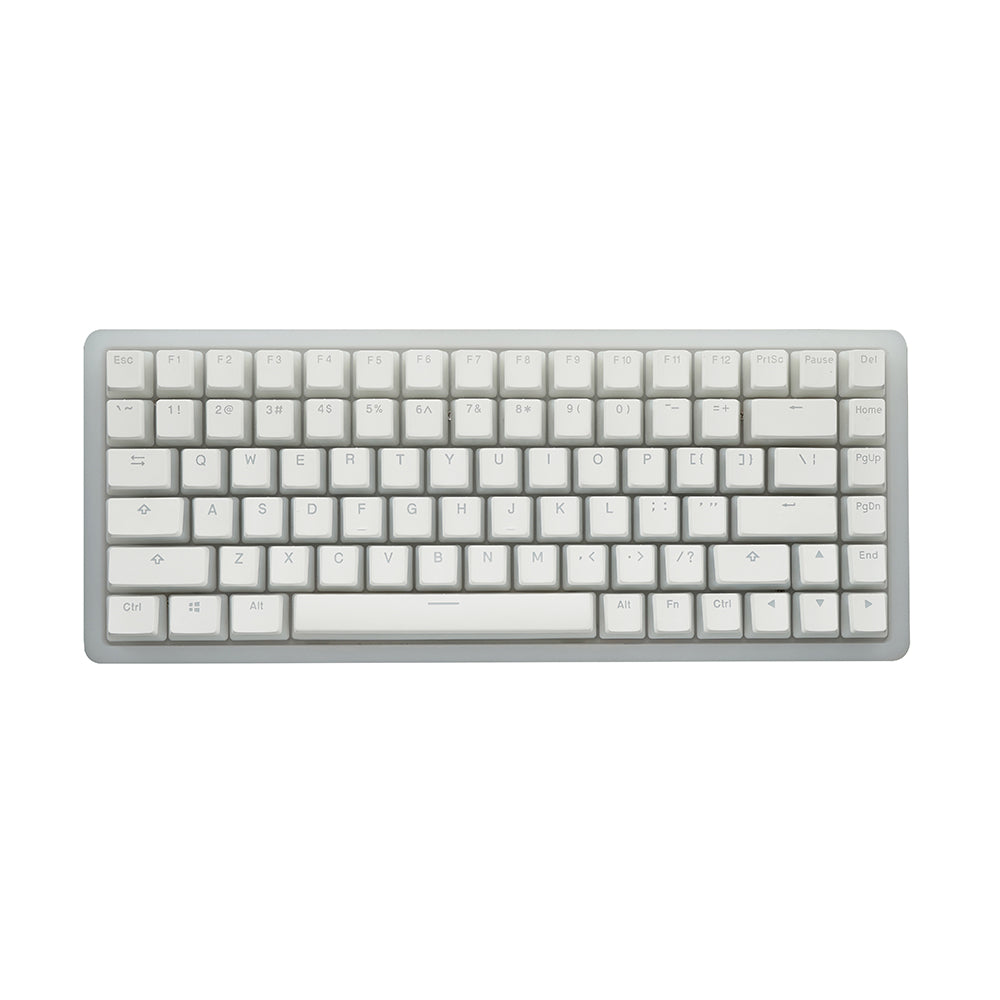
On the Zephyr Pro, Marsback doubles down on the mounting angle in that the fan is mounted horizontally, which is the worst possible scenario if a sleeve bearing is used. The fan in the original Zephyr only had a sleeve bearing, and coupled with the fact that it wasn't mounted vertically, but rather at an angle, and warranty only lasting six months, the situation sure wasn't optimal. Whereas the improvements in terms of fan performance are tangible, there is still a question mark behind the durability. Some vibration is still present, but since the fan runs at a much lower RPM, major progress has been made in this regard as well.

Equipped with a 30 mm fan instead of a 25 mm one, the Zephyr Pro is similarly effective when it comes to cooling, but cuts down on electrical noise in particular, and the fan runs much quieter in general. The Zephyr Pro improves on its predecessor with a much more mature implementation. The original Zephyr was no exception in this regard: While its built-in fan succeeded in keeping one's hands cool, it did so at the cost of a decent amount of electrical noise and vibration. Also for those wondering, I did not feel any vibration at all from the mouse, which is awesome.With anything novel, teething troubles usually are both expected and to some degree excusable. If you’re done gaming and decide you don’t need the fan, you can easily turn it off with the button on the bottom of the mouse. It’s not too strong, but just right to regulate airflow for your hands. These spinning blades may be small, but they offer quite the breeze for your palms.

I feel the built-in cooling fan is more than a gimmick, especially for someone like me who has sweaty palms after long gaming sessions.

The OMRON switches are rated for up to 50 million clicks, but there aren’t any provided in the box if you need a replacement.

Of course, these settings can all be tweaked with Marsback’s free software, and you can set up macros, and save up to five individual profiles. In terms of tracking, it can track accelerations of up to 50g, with movement speeds reaching 400in/s. Underneath the hood, on the Marsback Zephyr Pro you’ll find a PMW3389 optical sensor, along with 7 DPI settings, with the highest clocking in at 16,000 DPI.


 0 kommentar(er)
0 kommentar(er)
